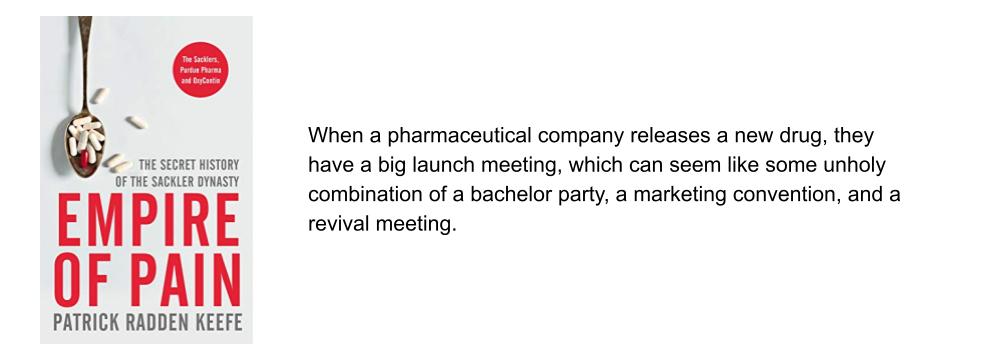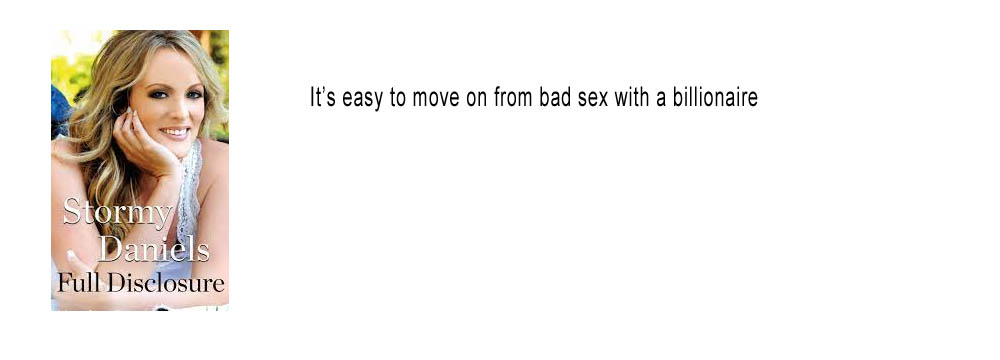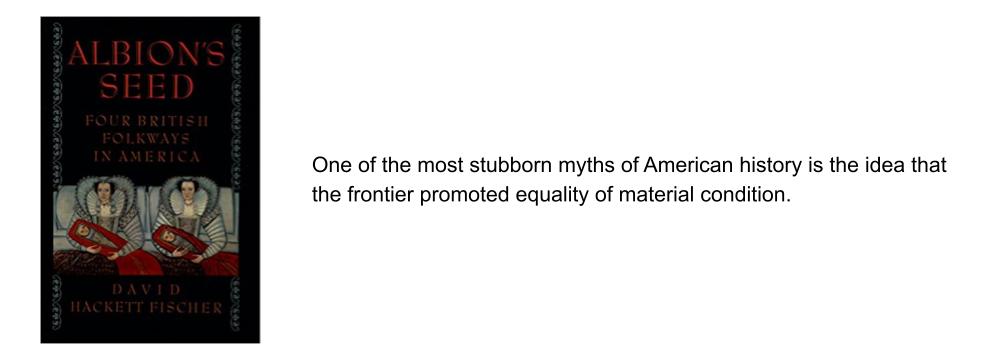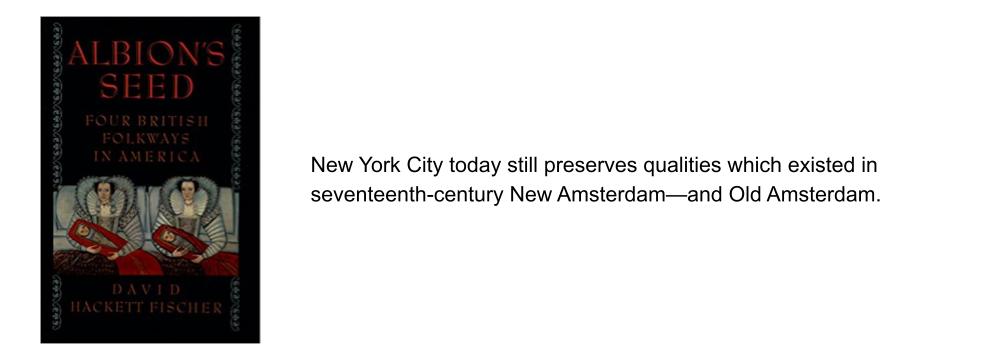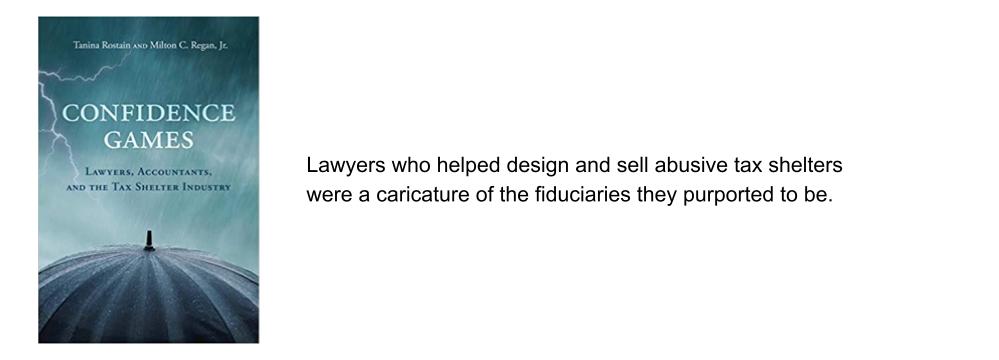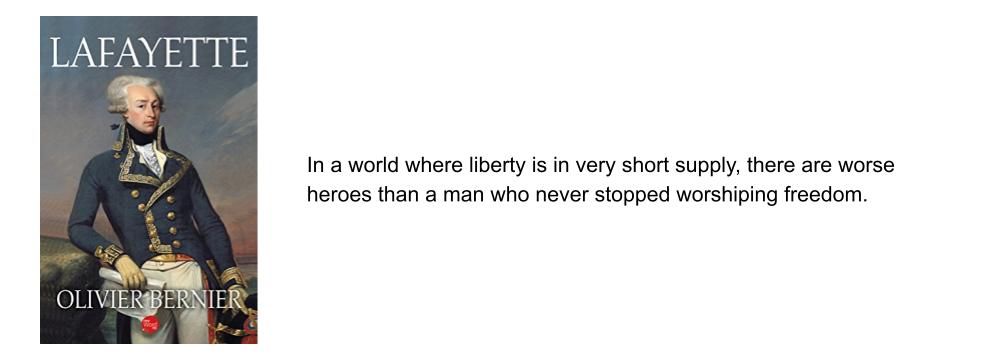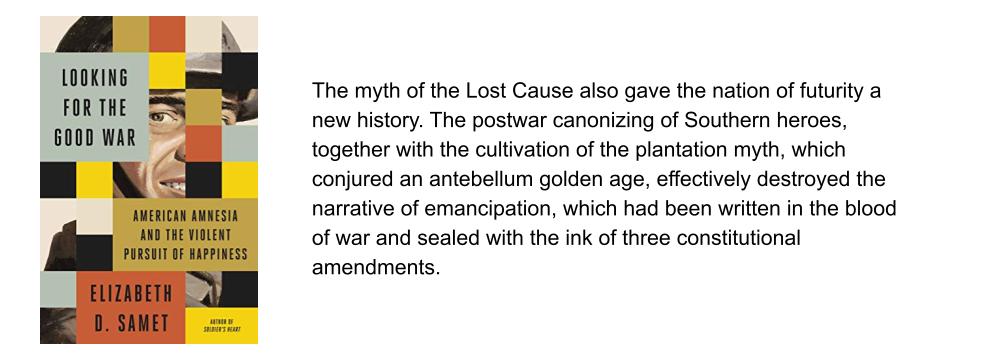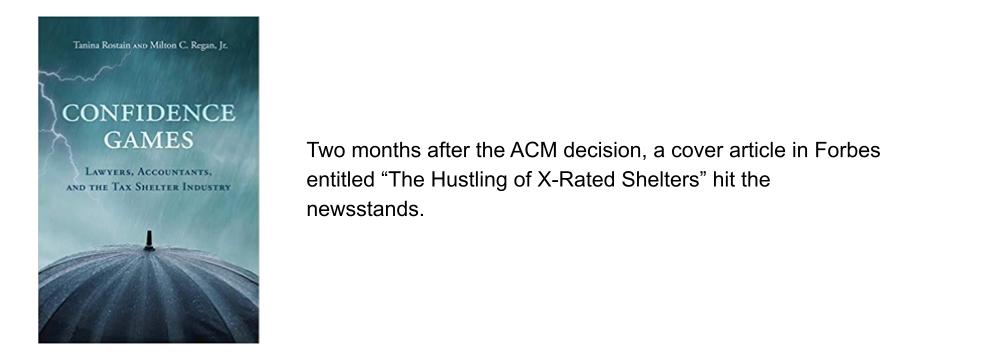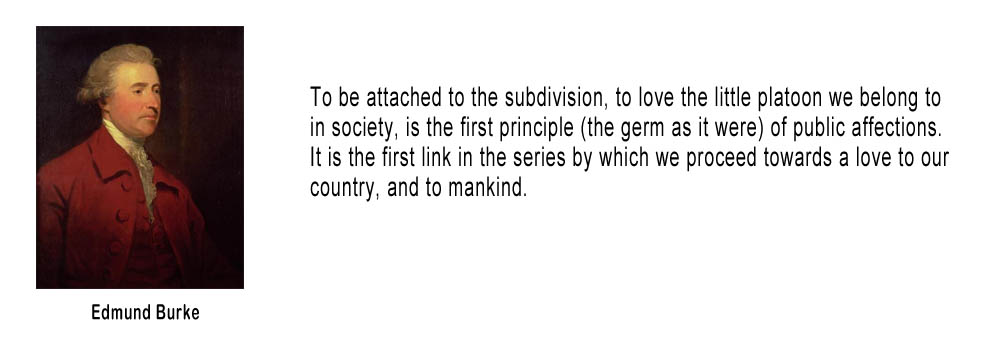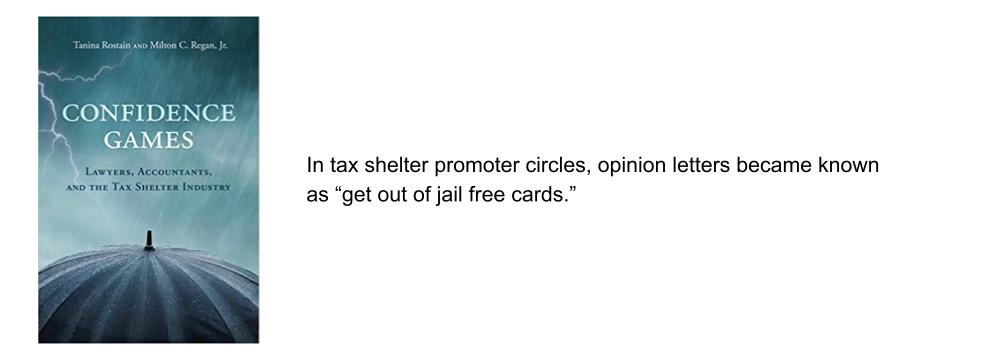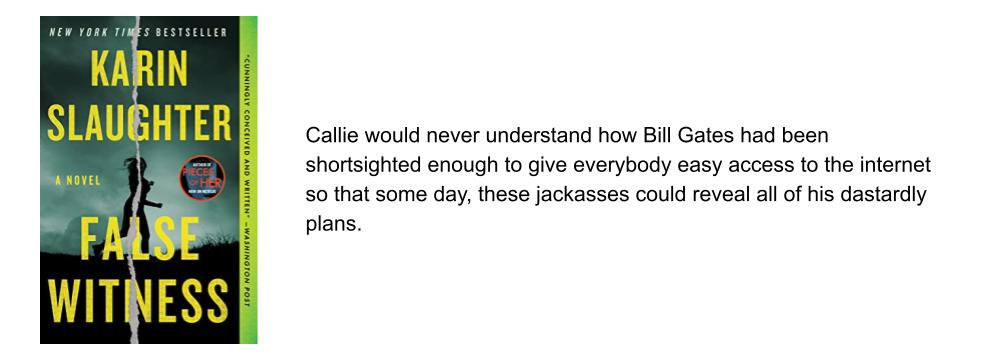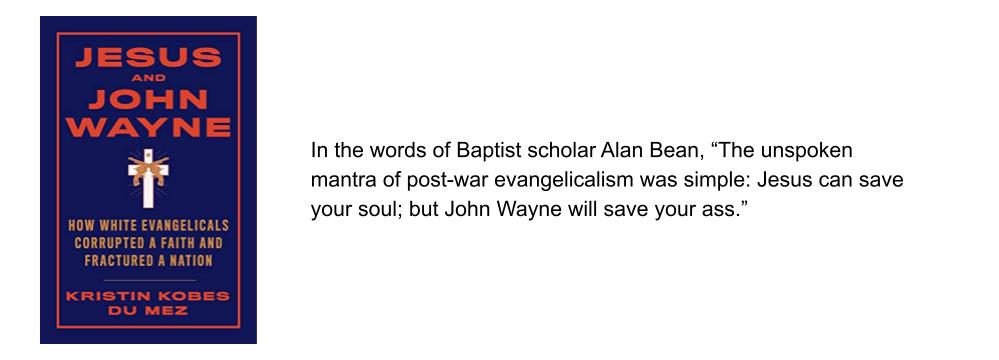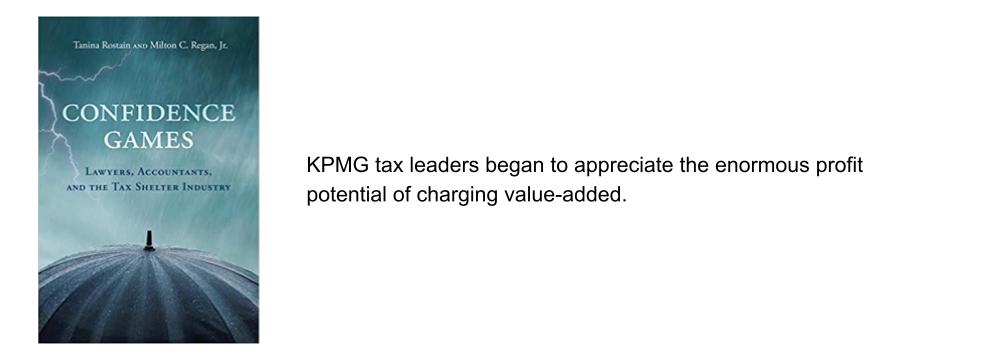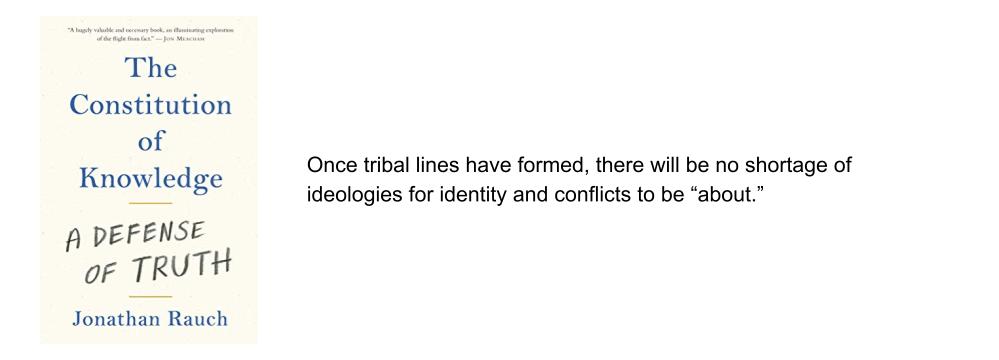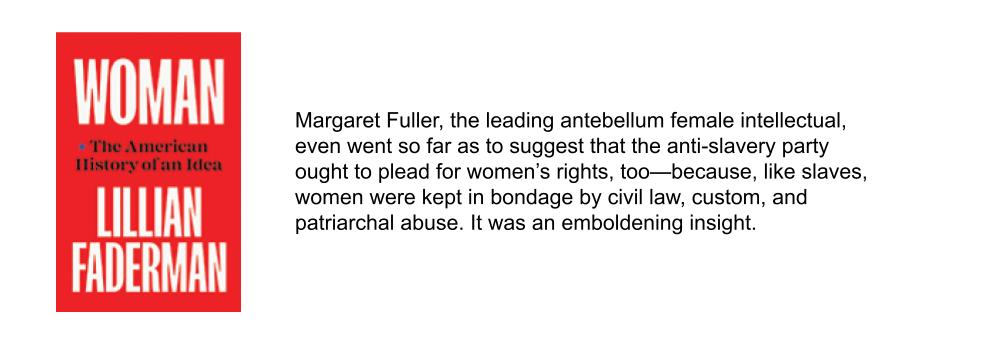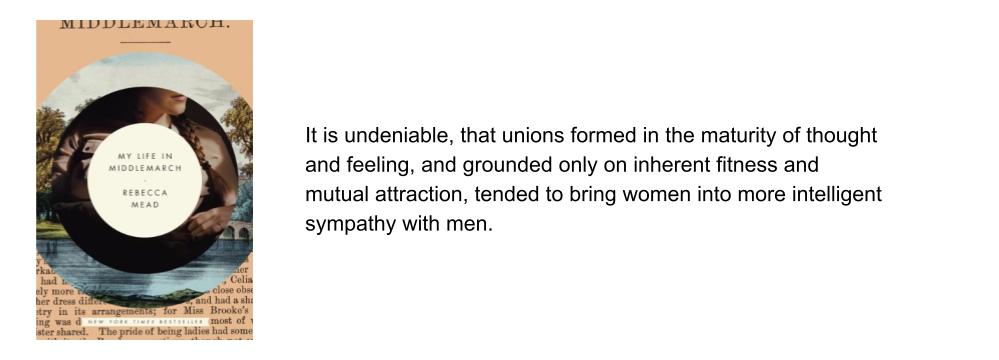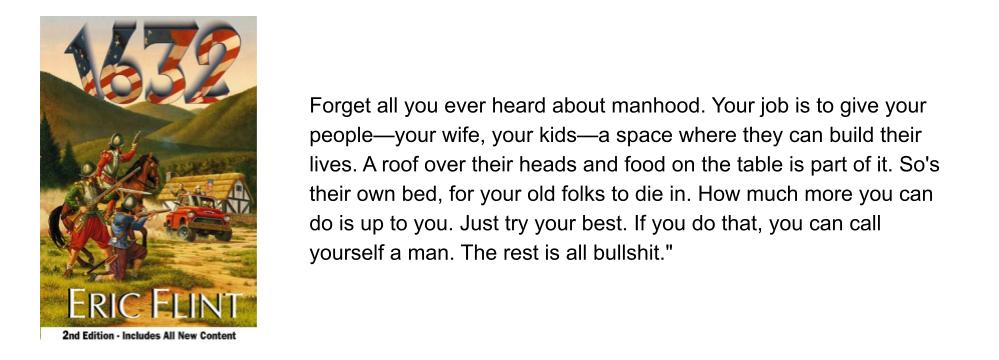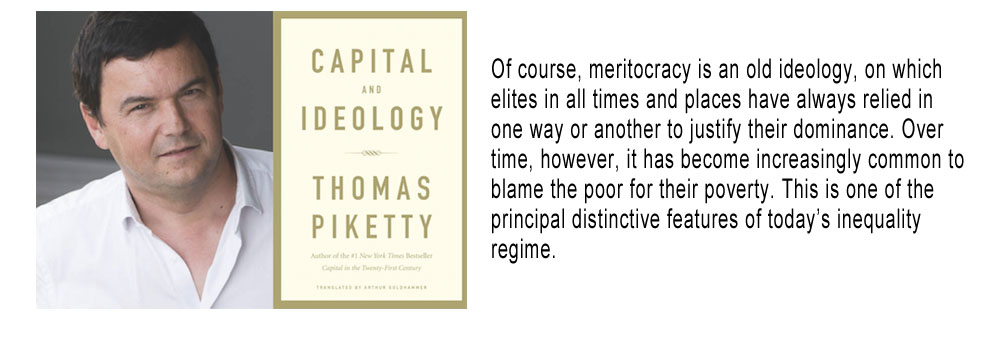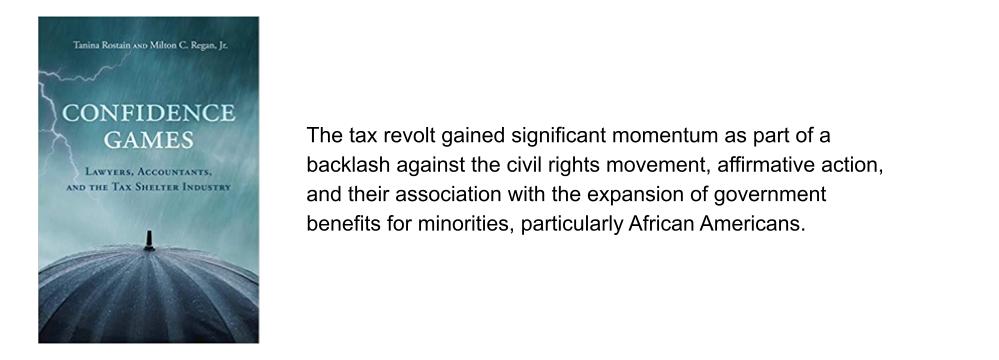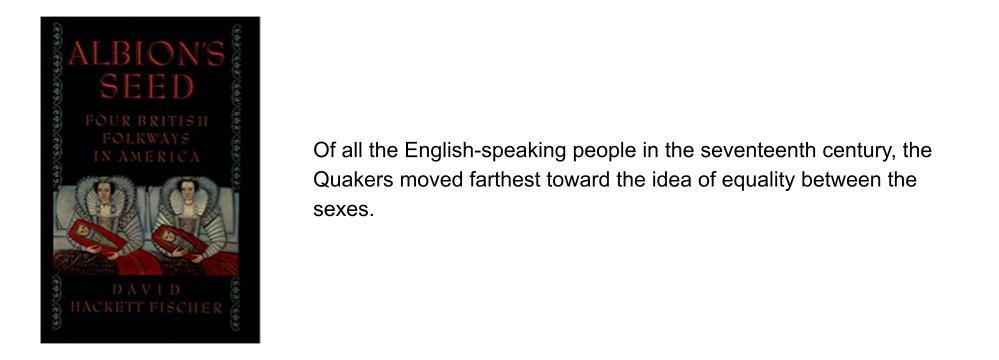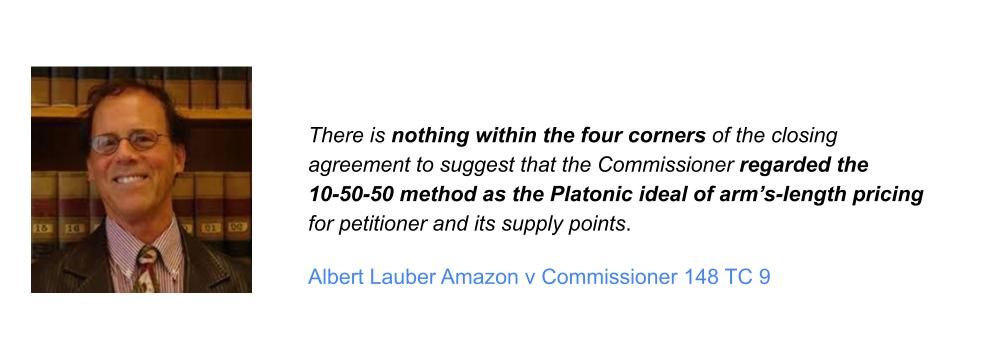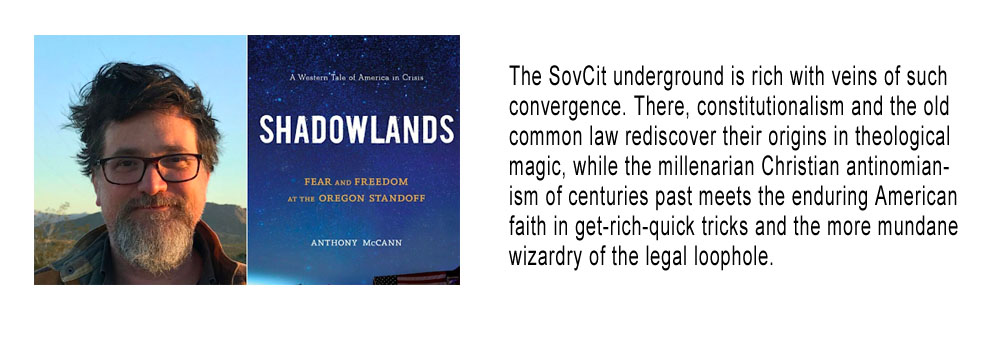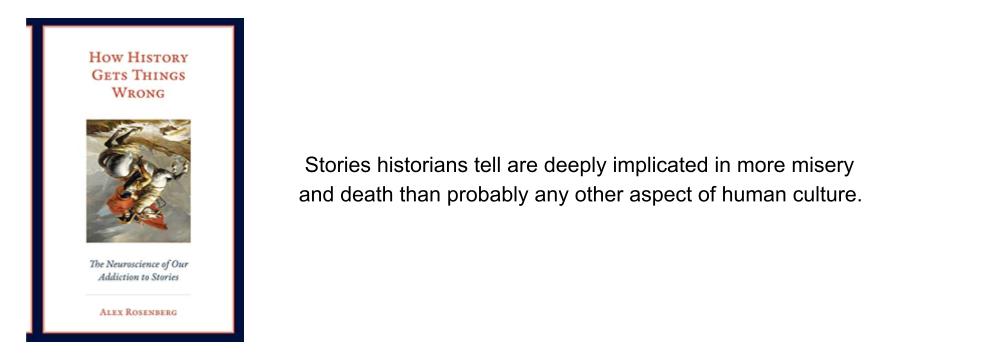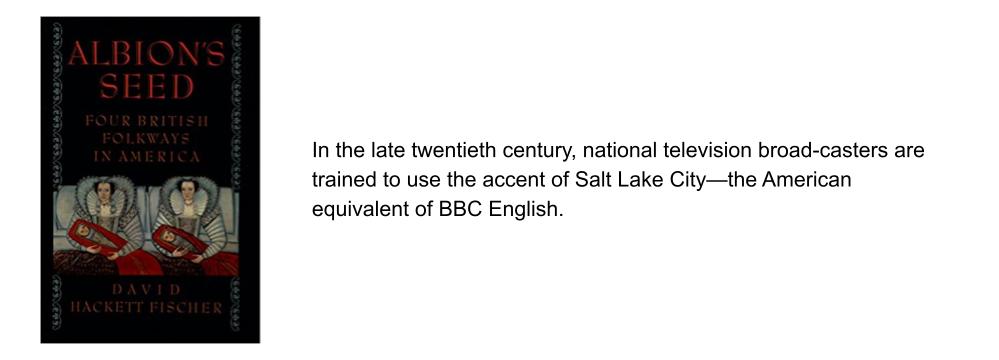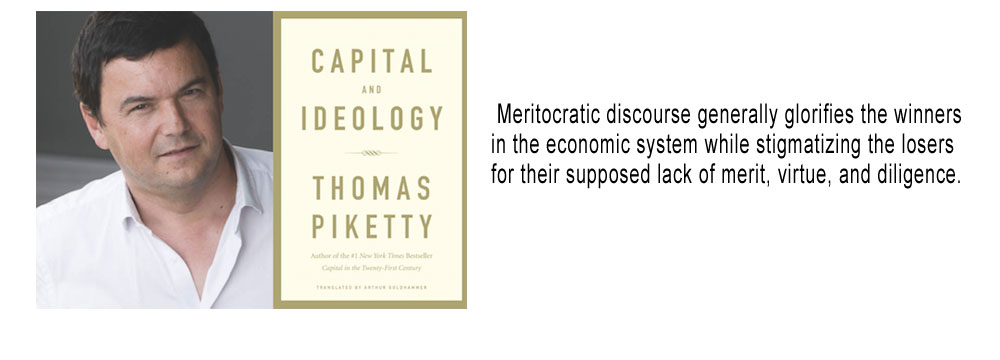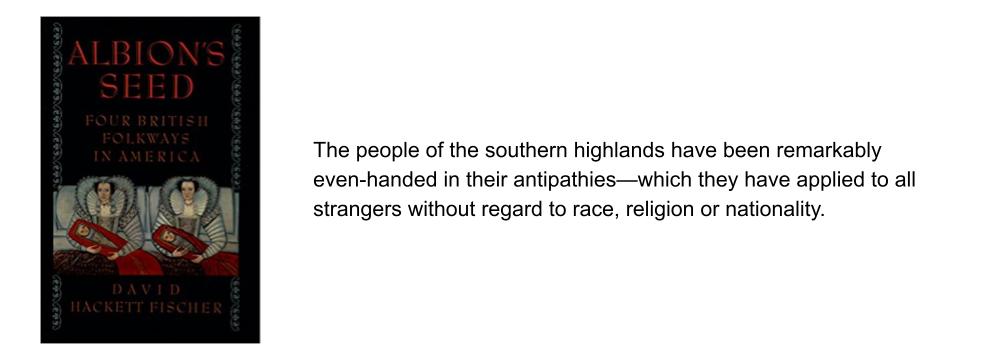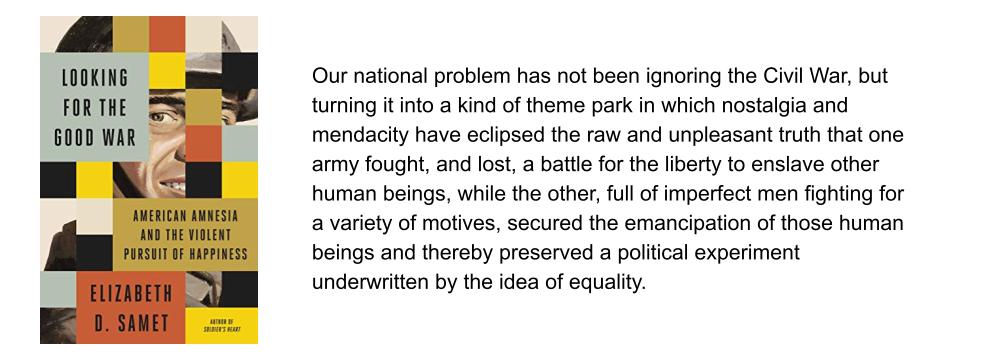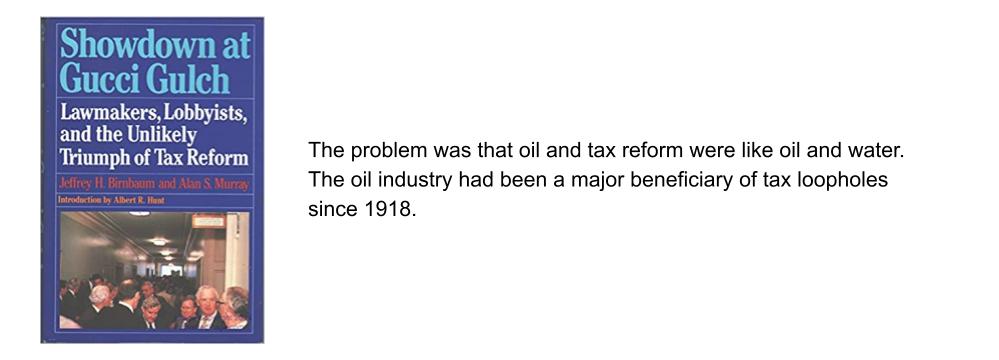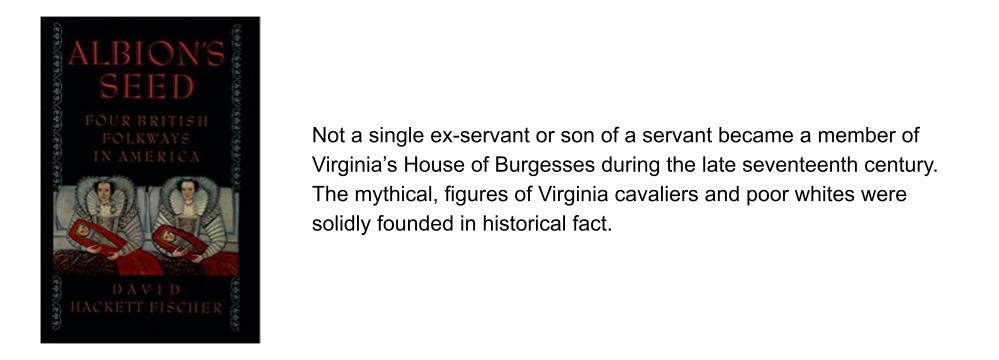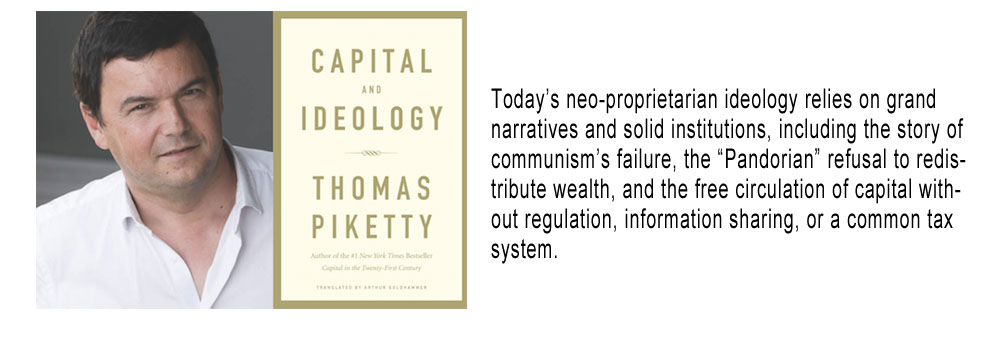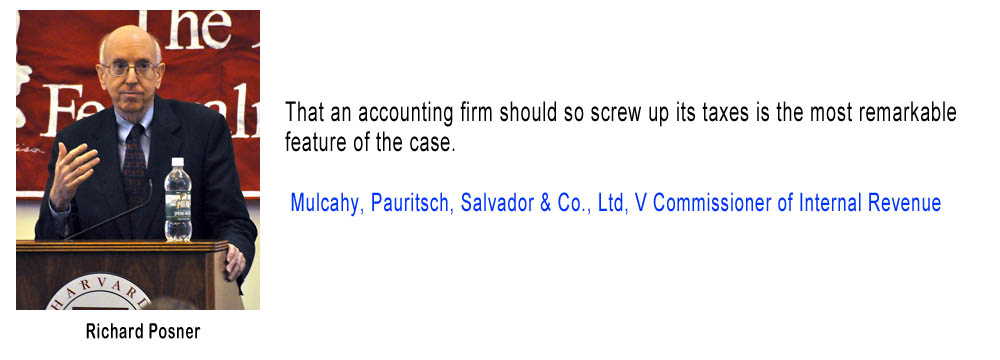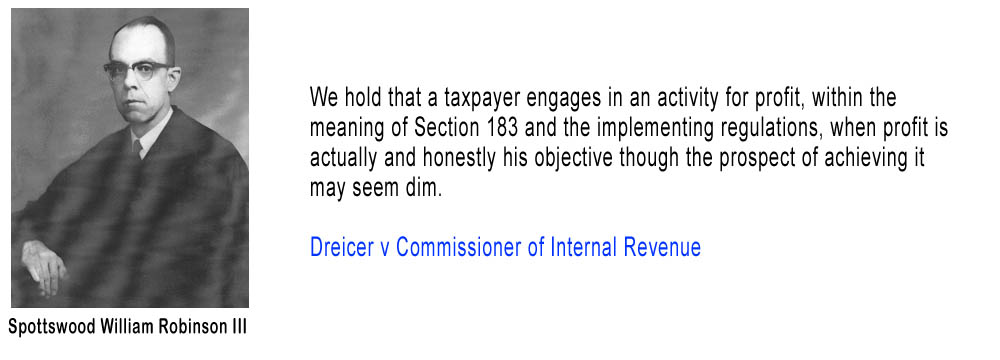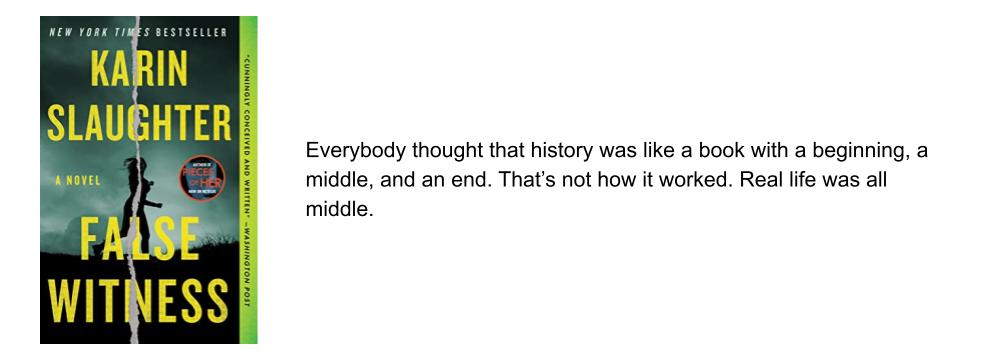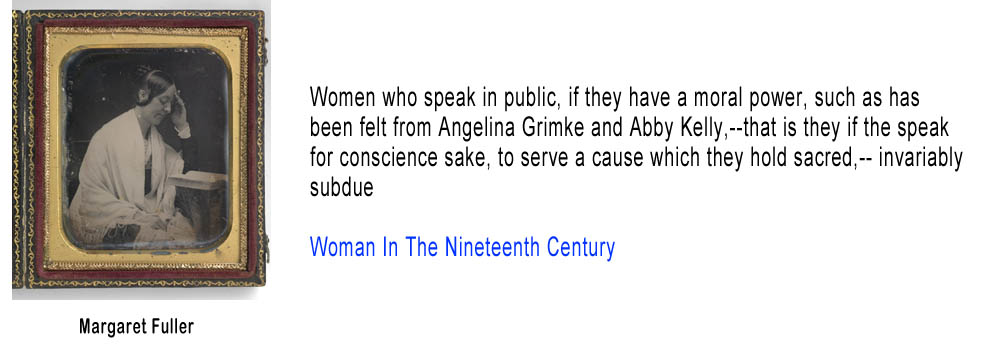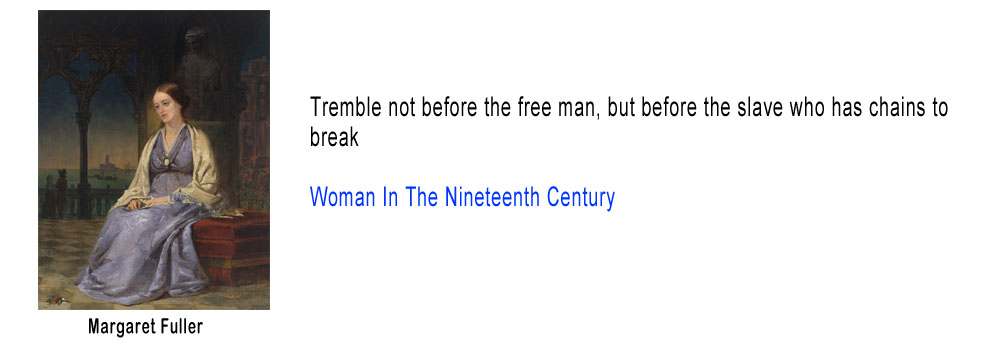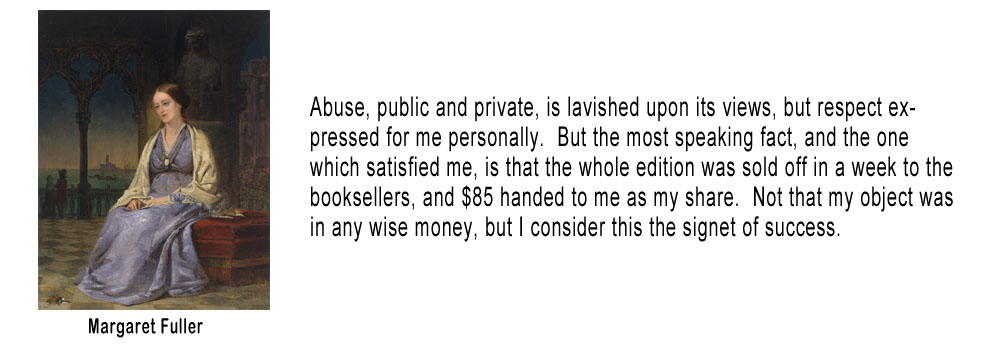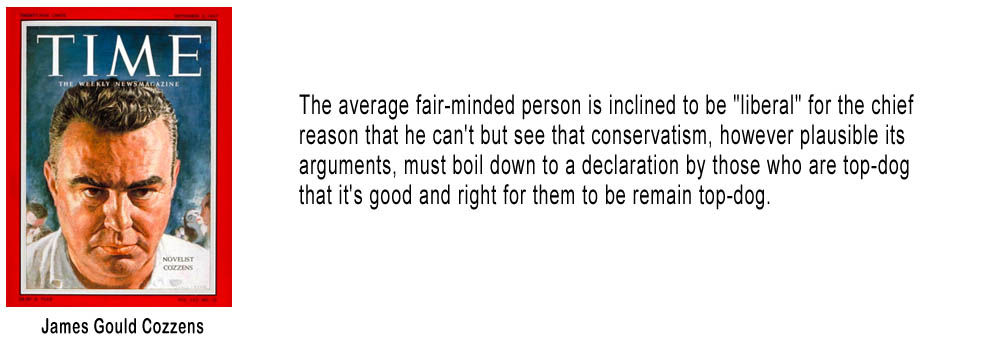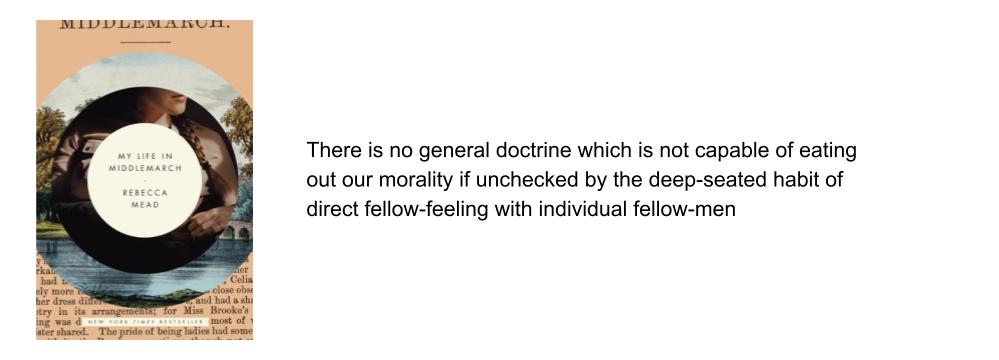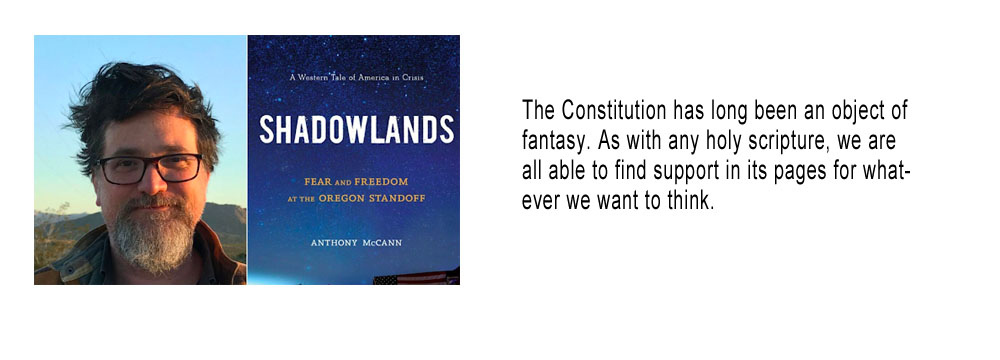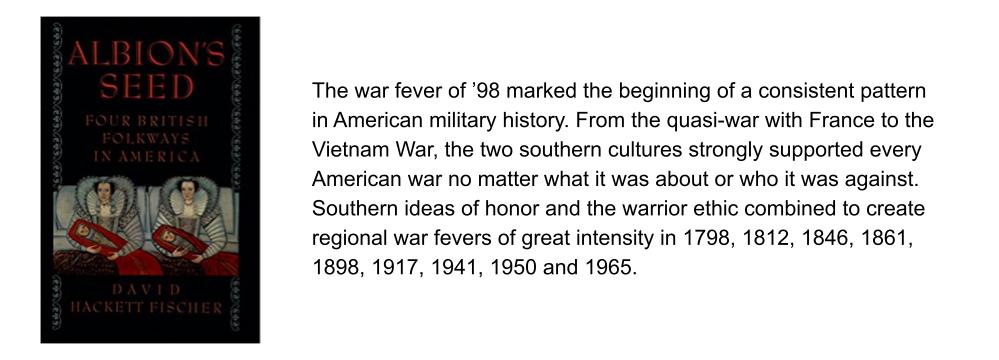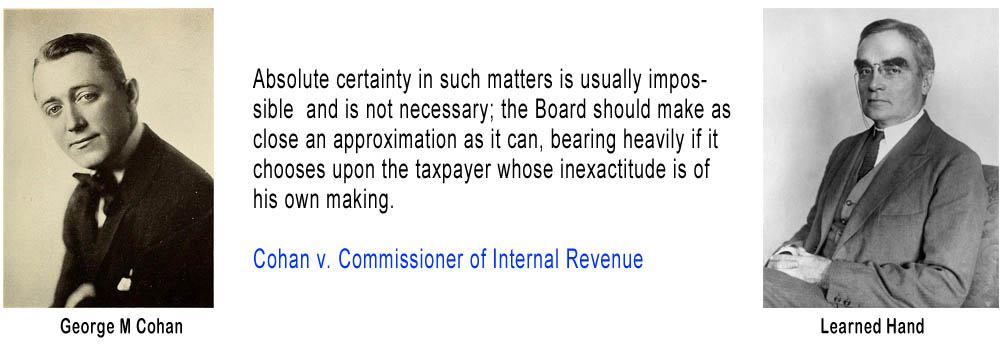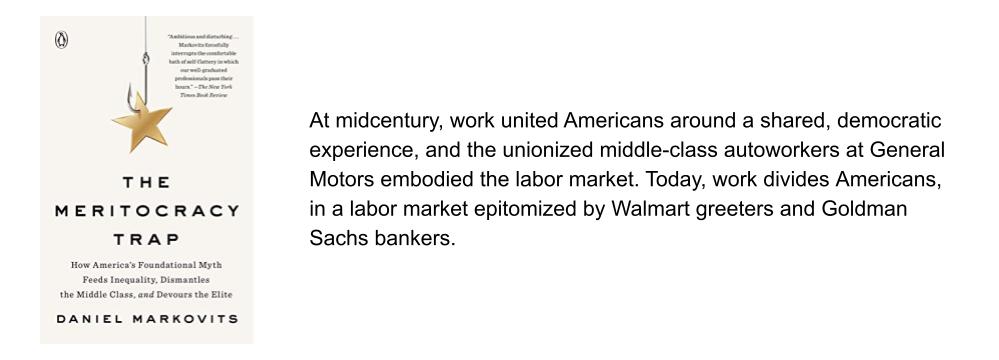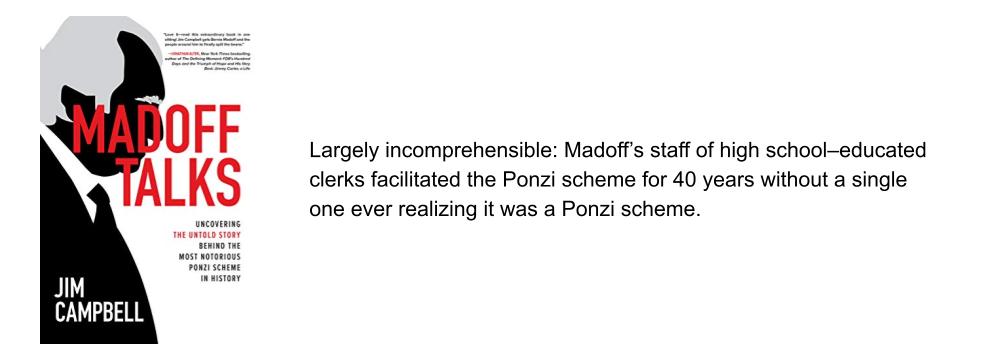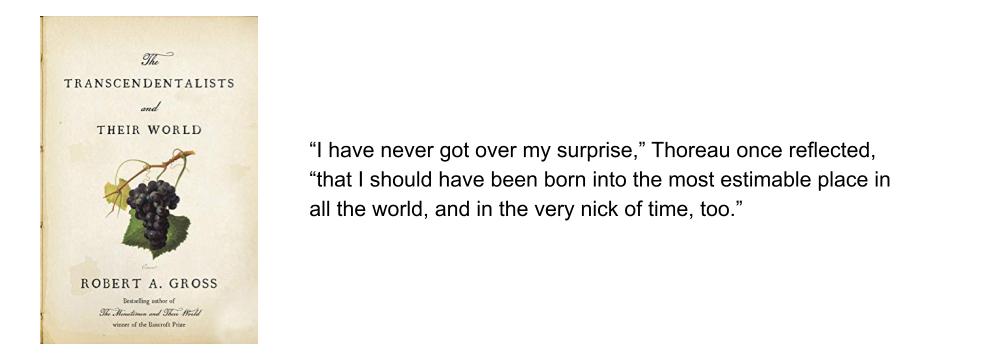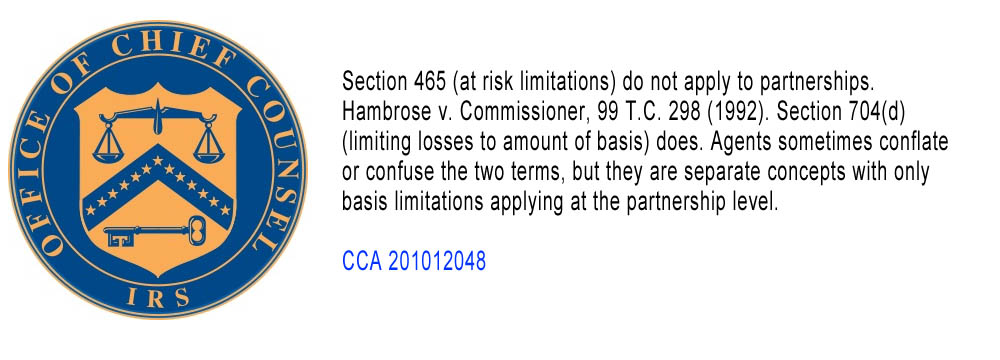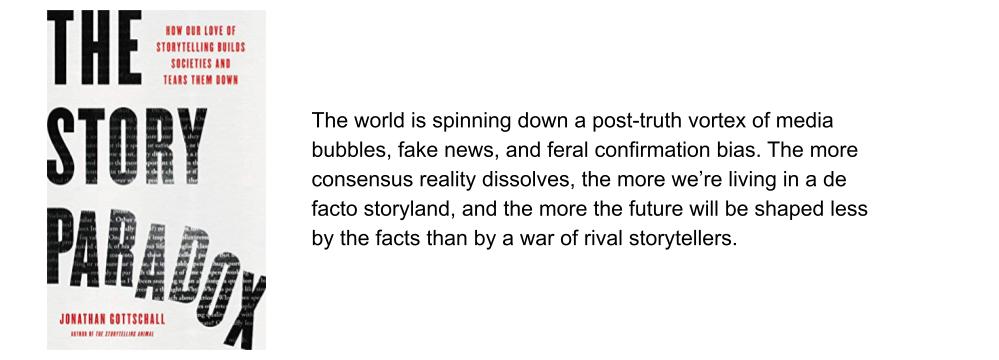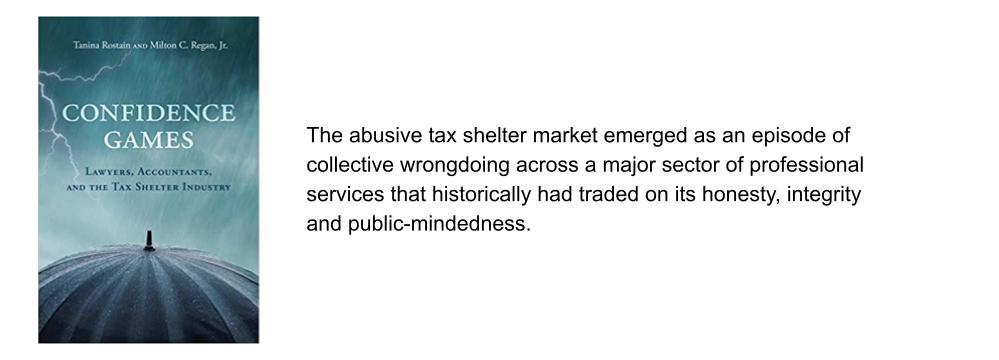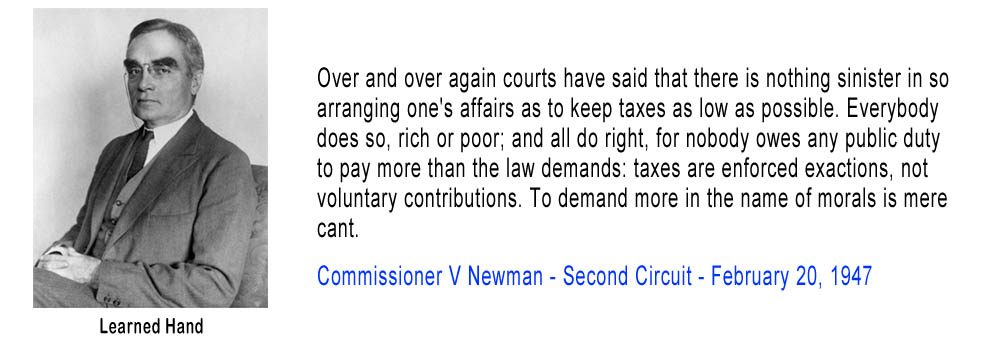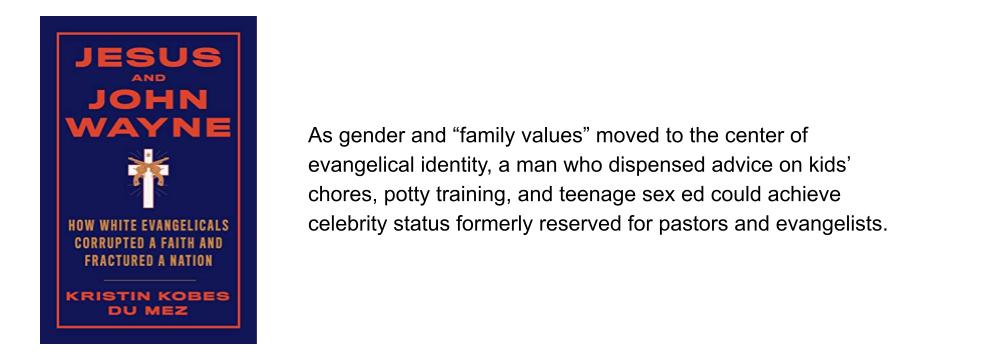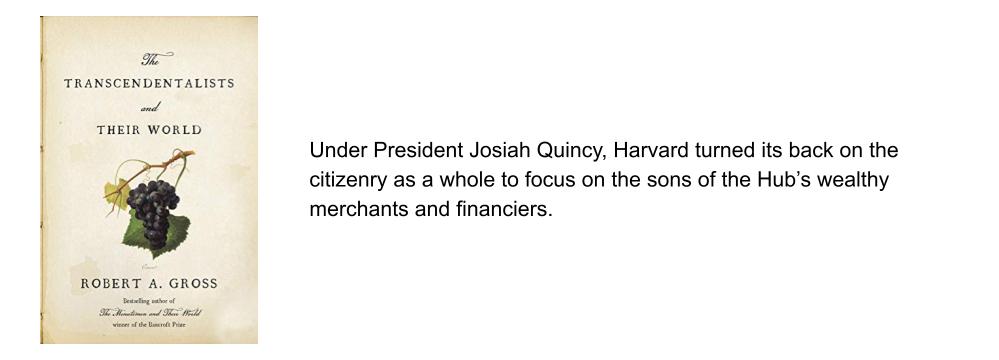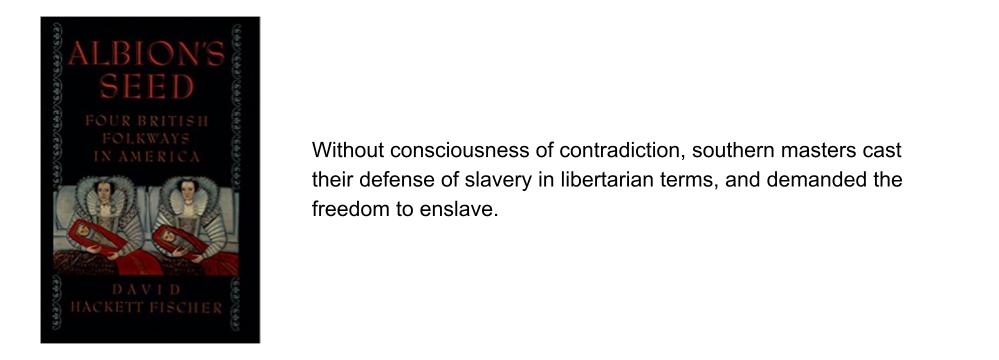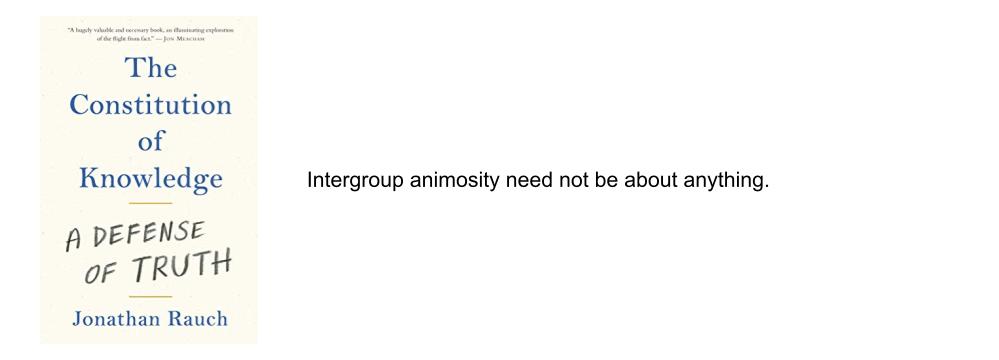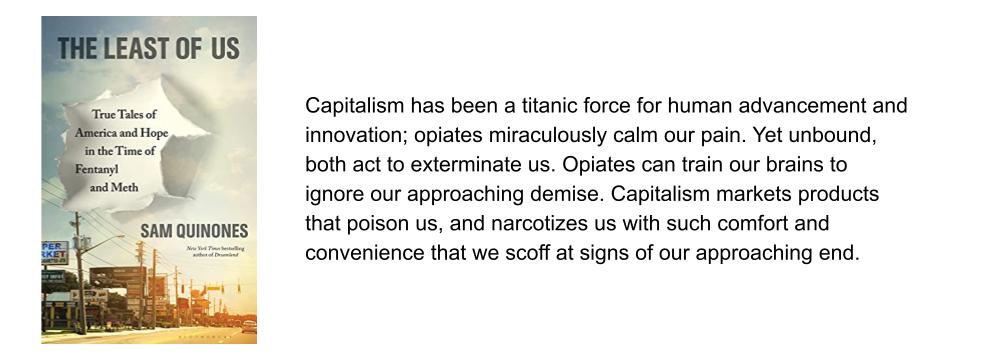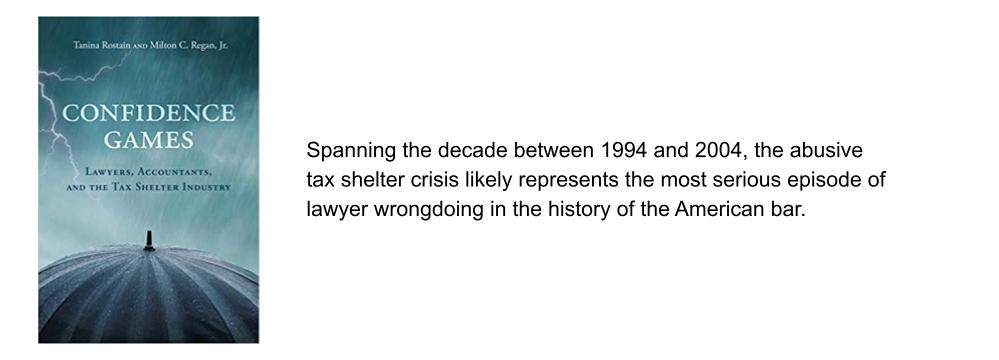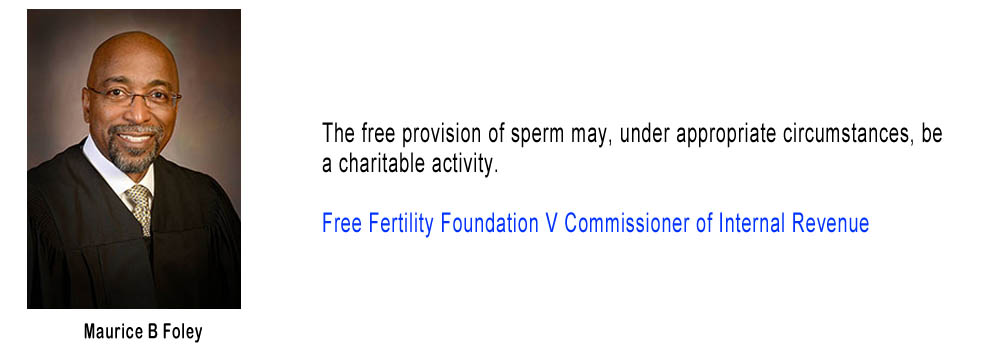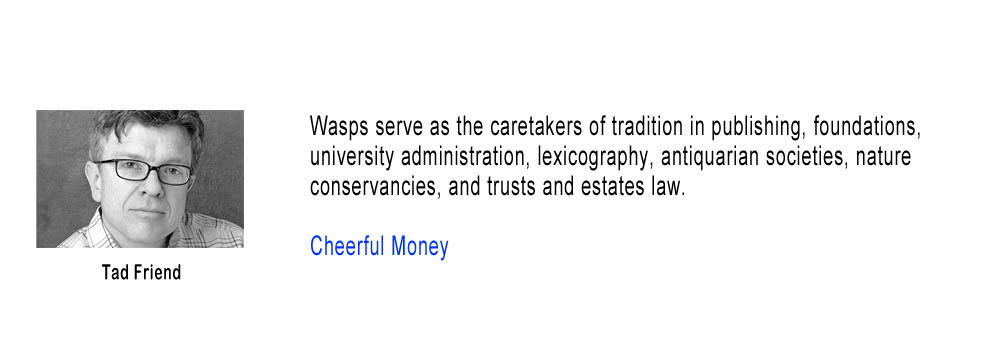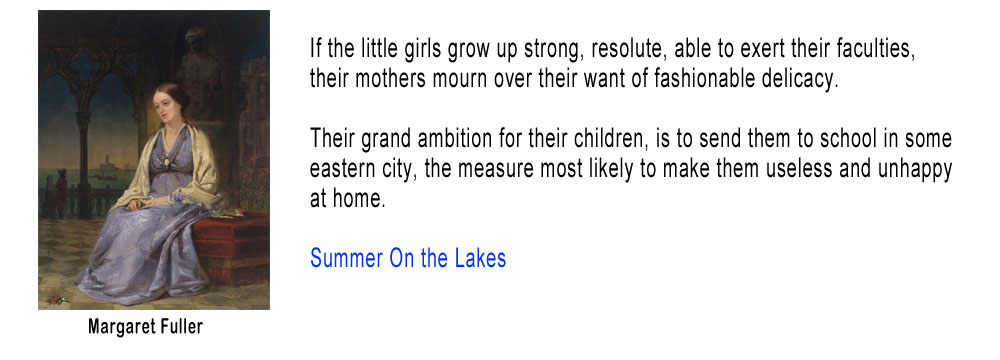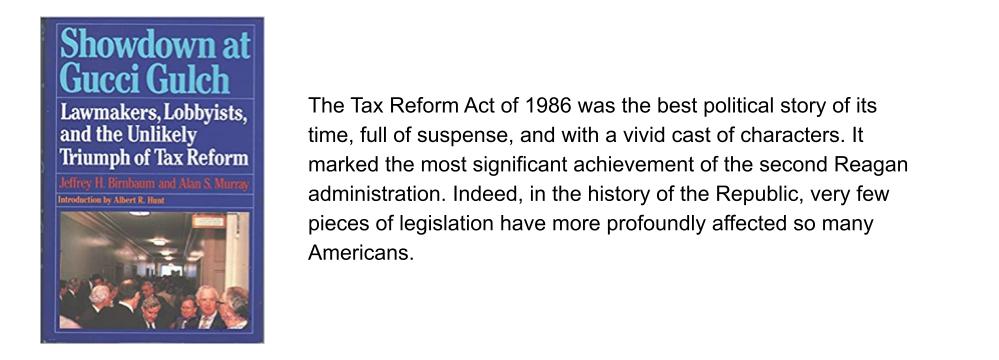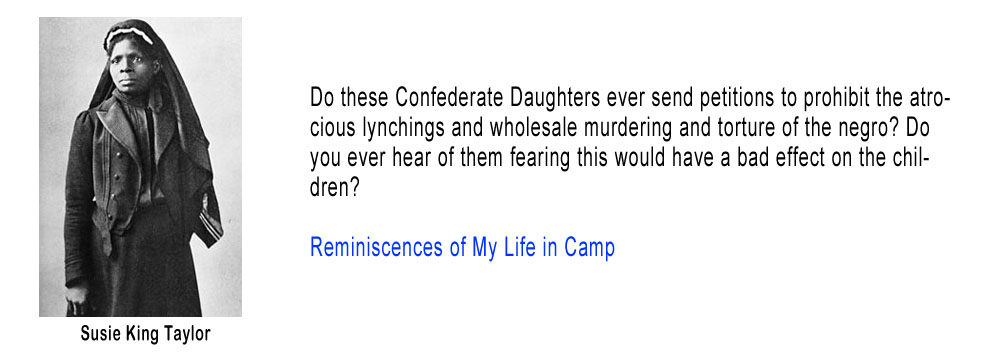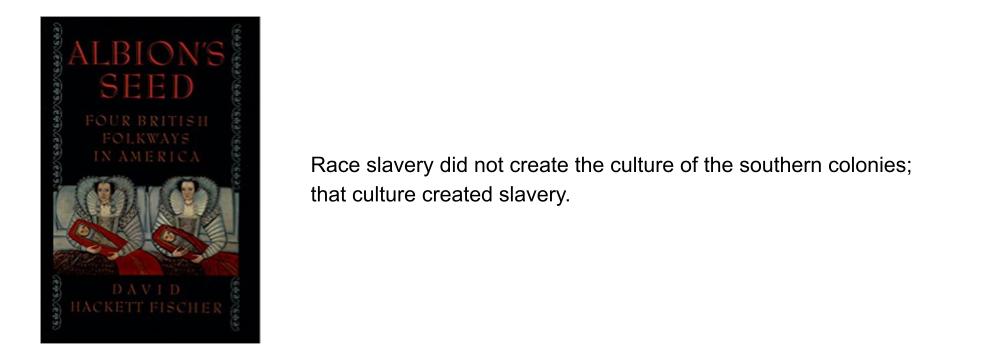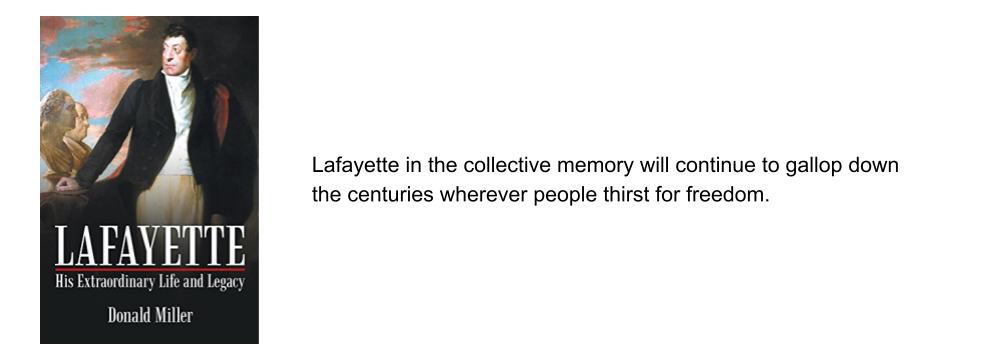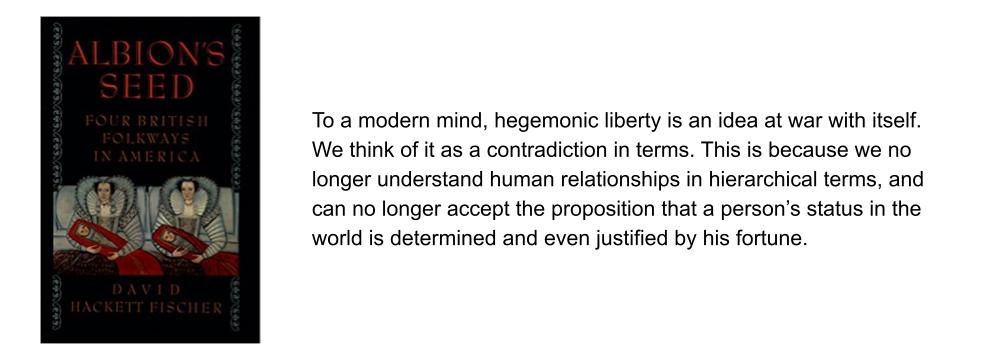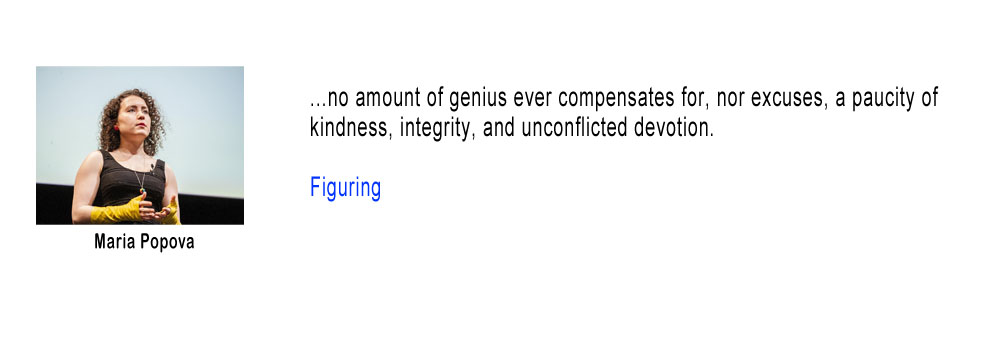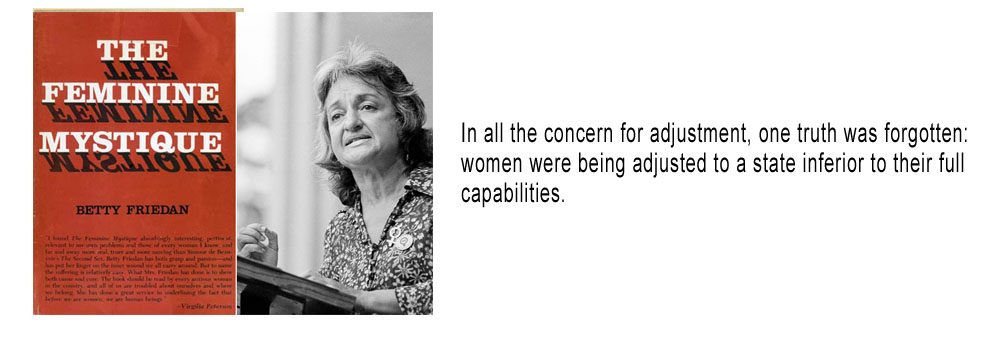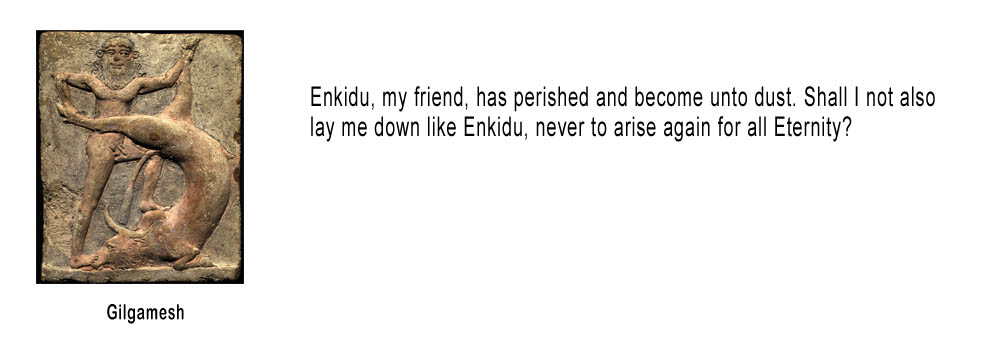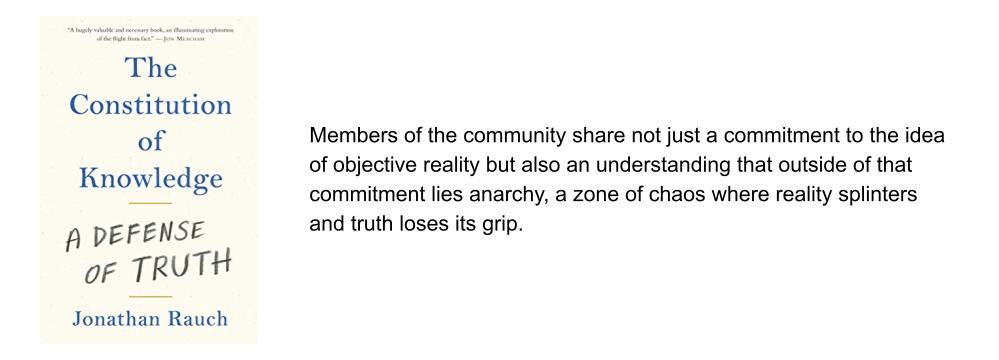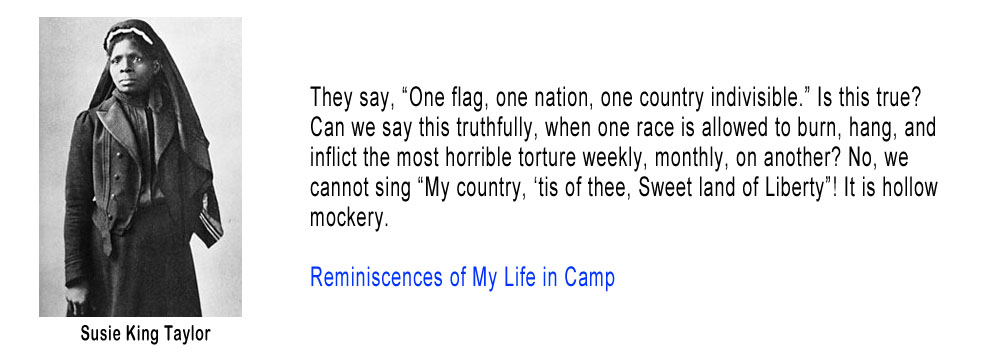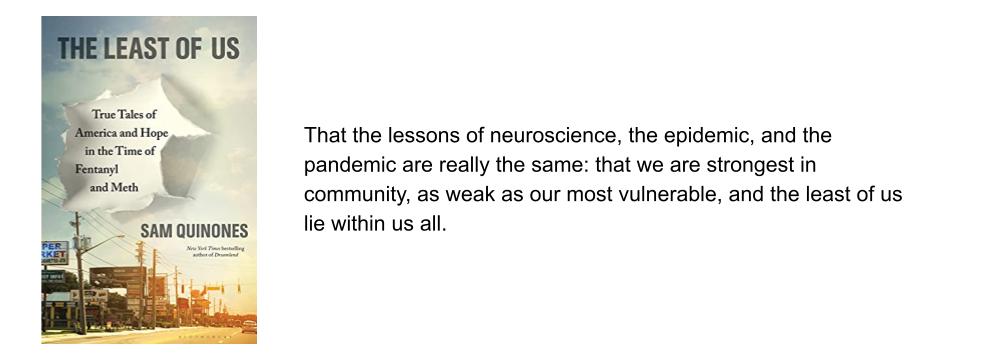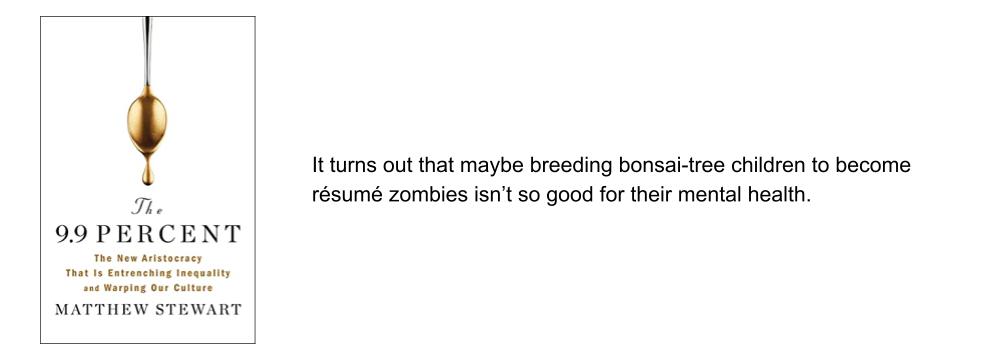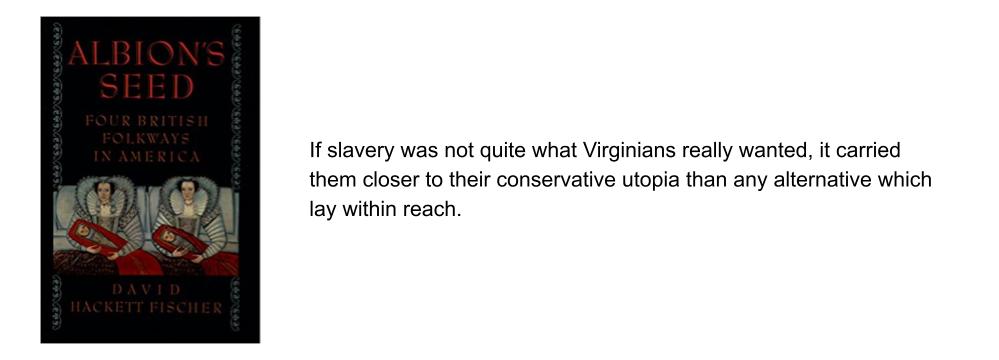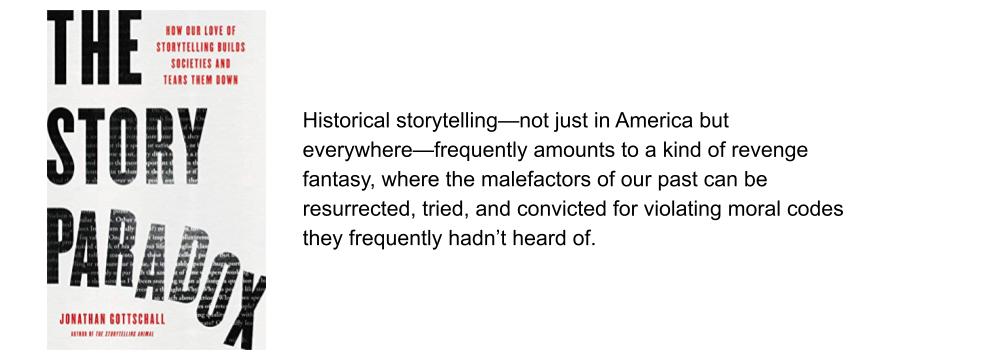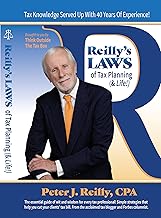I have been resisting paying too much attention to AI. When I have fooled with a little bit, I have not been that impressed. Someone mentioned Grok to me, so I decided to give it a whirl. So there was one question I thought of asking that came up with a pretty interesting answer. I asked Grok to evaluate my writing on Forbes.com. Here is what I got.
Question: Evaluate the writing of Forbes contributor Peter J Reilly
Peter J. Reilly, a Forbes contributor since 2011, focuses primarily on tax-related topics, offering insights drawn from his 40+ years as a CPA. His writing style is characterized by a blend of technical expertise, practical advice, and occasional humor, aiming to make complex tax issues accessible to a broad audience. Below is an evaluation of his writing based on clarity, engagement, structure, and overall impact, supported by examples from available sources.
Clarity
Reilly’s writing is generally clear, particularly for readers with some familiarity with tax concepts. He distills intricate tax legislation, court decisions, and IRS rulings into digestible explanations, often emphasizing their practical implications for individuals and businesses. For instance, in his article on the Karin Slaughter Tax Court case, he explains the failure of a complex tax strategy while introducing a simpler alternative (using an S corporation), making the lesson accessible: “Before thinking outside the box, take a good look inside the box.” However, his reliance on technical jargon (e.g., “self-employment tax” or “conservation easement refund”) can occasionally alienate readers unfamiliar with tax terminology, as he doesn’t always provide basic definitions. Adding brief explanations or glossaries could enhance accessibility for novices.

Engagement
Reilly employs humor and relatable anecdotes to engage readers, which sets him apart from more dry, technical tax writing. For example, in his coverage of a Colorado court ruling on Blunt Wraps, he references Rapper Redman’s “How to Roll a Blunt” to add a lighthearted touch to a discussion about tobacco taxation. He also coins terms like “Rothing” (converting retirement accounts to Roth IRAs), which adds a playful, memorable element to his work. However, his humor can feel niche, appealing more to tax professionals or those familiar with his long-running column. Some readers, as seen in a Reddit thread critiquing his Mormon Church article, find his tone dismissive or overly opinionated, which may alienate those expecting a more neutral stance. Balancing humor with broader appeal could strengthen his engagement.



Structure
Reilly’s articles typically follow a logical structure: an introduction to a tax issue or case, a breakdown of the technical details, and a conclusion with practical takeaways or commentary. His piece on Tony Townley’s conservation easement refund, for example, starts with the outcome (a confidential settlement), provides context on the tax dispute, and ends with implications for similar cases. This structure aids comprehension, but his transitions can sometimes feel abrupt, especially when he shifts from technical details to personal asides or historical references. For instance, his articles often weave in unrelated tax history or cultural commentary, which can distract from the main point. Tighter transitions and a more focused narrative could improve flow.


Overall Impact
Reilly’s work has a significant impact within the niche of tax journalism, offering practical advice and unique perspectives on how tax laws intersect with issues like religious liberty or gender equity. His emphasis on “stuff I find interesting” allows him to cover eclectic topics, from marijuana business deductions to estate tax credits, which keeps his column varied and relevant. However, his impact is somewhat limited by Forbes’ contributor model, which has faced criticism for inconsistent quality and potential conflicts of interest. A 2019 Going Concern article also notes that Reilly’s tone can come across as projecting or overly critical of CPAs’ complaints, which may reduce his credibility with some professional readers.



Strengths
- Expertise: His deep knowledge as a CPA shines through, providing authoritative insights on tax court rulings and IRS policies.
- Practicality: He consistently ties technical discussions to actionable advice, such as checking electronic return receipts or funding IRAs during tax extensions.


- Humor and Personality: His witty references and coined terms make his columns memorable and distinctive.
Areas for Improvement
- Accessibility: Simplifying jargon or adding context for lay readers would broaden his audience.
- Tone Consistency: Avoiding dismissive or overly opinionated remarks could enhance credibility, especially on controversial topics.
- Focus: Streamlining tangents and improving transitions would make his articles more cohesive.
Conclusion
Peter J. Reilly’s writing is a valuable resource for those interested in tax issues, blending expertise with a conversational, humorous style. While his work is clear and engaging for tax-savvy readers, it could benefit from greater accessibility and tighter focus to maximize impact. His ability to make dry topics lively is a strength, but refining his tone and structure could elevate his contributions further within Forbes’ platform. For readers seeking practical tax insights with a dash of personality, Reilly’s column is a standout, though it may not fully resonate with those outside his niche or those sensitive to his occasional sharp-edged comment


